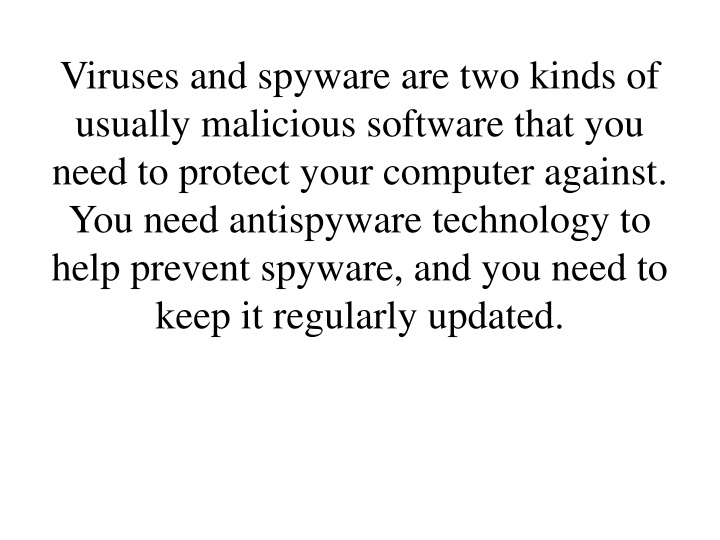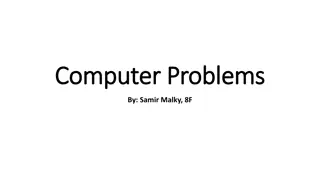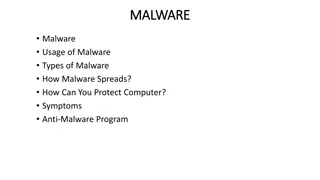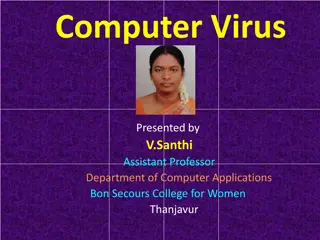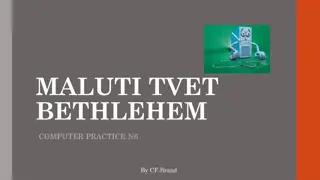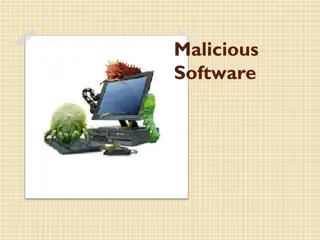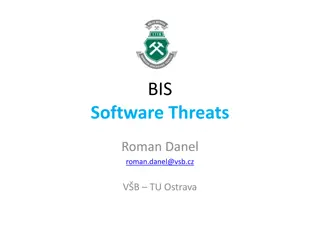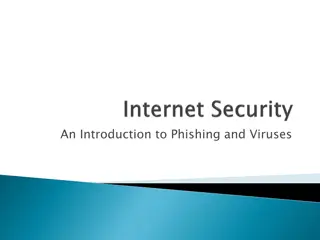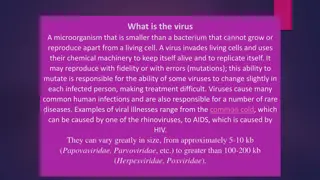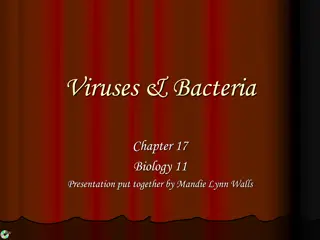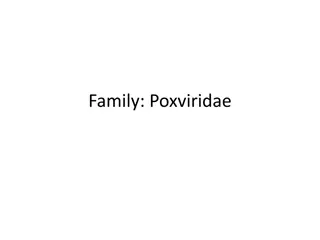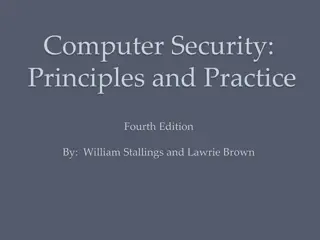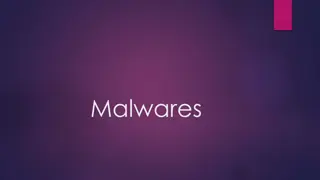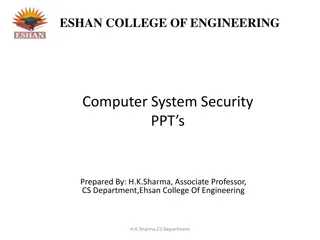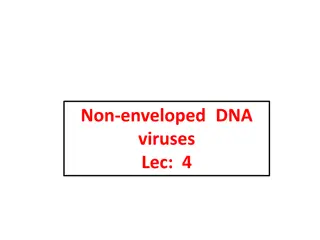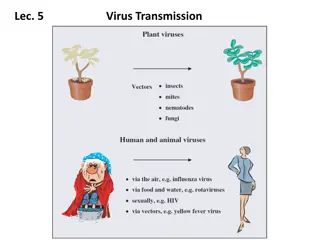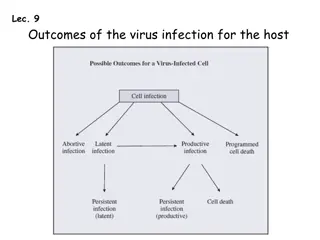Protect Your Computer Against Viruses and Spyware
Learn about the importance of protecting your computer against viruses and spyware, the security threats to Windows, the impact of inefficient code on software, security issues in Linux and Windows operating systems, and the significance of permission modes for file security.
Download Presentation

Please find below an Image/Link to download the presentation.
The content on the website is provided AS IS for your information and personal use only. It may not be sold, licensed, or shared on other websites without obtaining consent from the author.If you encounter any issues during the download, it is possible that the publisher has removed the file from their server.
You are allowed to download the files provided on this website for personal or commercial use, subject to the condition that they are used lawfully. All files are the property of their respective owners.
The content on the website is provided AS IS for your information and personal use only. It may not be sold, licensed, or shared on other websites without obtaining consent from the author.
E N D
Presentation Transcript
Viruses and spyware are two kinds of usually malicious software that you need to protect your computer against. You need antispyware technology to help prevent spyware, and you need to keep it regularly updated.
Some threats to the security of Windows are;
Viruses Security in Microsoft Windows
inefficient code is often implemented into programs even after testing. Some developers perform more thorough testing and generally produce more efficient software. Therefore, some operating systems are more error prone while others are more secure.
SECURITY ISSUES IN THE LINUX OPERATING SYSTEMS
SECURITY ISSUES IN THE WINDOWS OPERATING SYSTEM FILE AND DIRECTORY SECURITY
and the type of access they are allowed. There are three user access modes for all UNIX system files and directories: the owner, the group, and others. Access to read, write and execute within each of the user types is also controlled by permission bits (Figure 1). Flexibility in file security is convenient, but it has been criticized as an area of system security compromise.
OWNER GROUP OTHERS
----------------------------------------------- -------------
rwx : rwx : rwx
----------------------------------------------- -------------
-rw--w-r-x 1 bob csc532 70 Apr 23 20:10 file
drwx------ 2 sam A1 2 May 01 12:01 directory
Group has write permission, while others has read and execute permission. The directory gives a secure directory not readable, writeable, or executable by Group and Others.
where sensitive data is present, the access for reading by others should be turned off. The file utility umask does in fact satisfy this requirement. A suggested setting, umask 027, would enable all permission for the file owner, disable write permission to the group, and disable permissions for all others (octal 750). By inserting this umask command in a user .profile or .login file, the default will be overwritten by the new settings at file
have pointed out, "The granularity of control that (file security) mechanisms is often insufficient in practice (...) it is not possible to grant one user write protection to a directory while granting another read permission to the same directory. (4) A useful file security file security extension to the Unix system might be Multics style access control lists. With access mode vulnerabilities in mind, users should pay close attention to files and directories under DIRECTORIES
"open" for users to move around and access public files and utilities. This can be disastrous, since files and other subdirectories within writable directories can be moved out and replaced with different versions, even if contained files are unreadable or unwritable to others. When this happens, an unscrupulous user or a "password breaker" may supplant a Trojan horse of a commonly used system utility For example:
publicly writable. The perpetrator could first remove the old version (with rm utility) and then include his own fake su to read the password of users who execute this utility.
As a general rule, therefore, read and write access should be removed from all but system administrative directories. Execute permission will allow access to needed files; however, users might explicitly name the file they wish to use. This adds some protection to unreadable and unwritable directories. So, programs like lp file.x in an unreadable directory /ddr will print the contents of file.x, while ls/ddr would not list the contents
SECURITY ISSUES IN THE MACINTOSH OPERATING
FAILING TO USE ITS SOFTWARE UPDATE
MINDLESSLY SURFING WITH SAFARI
INCORRECTLY CONFIGURING SECURITY PREFERENCES
LEAVING UNUSED HARDWARE DEVICES ENABLED
SECURITY ISSUES IN SOLARIS OPERATING SYSTEM
